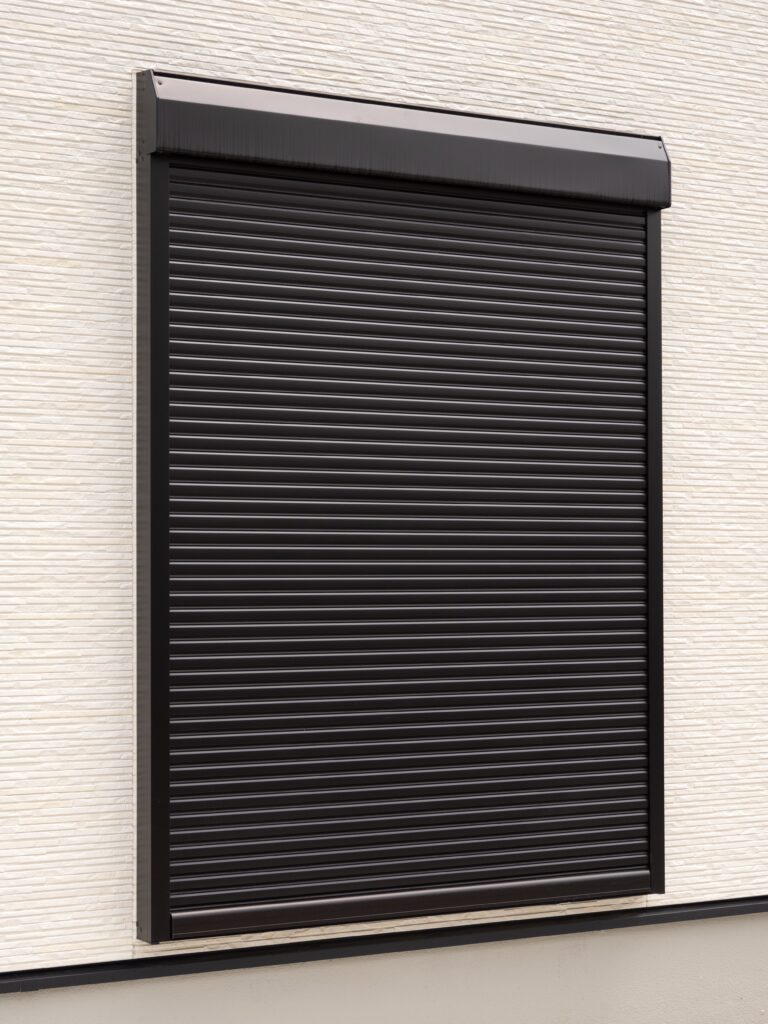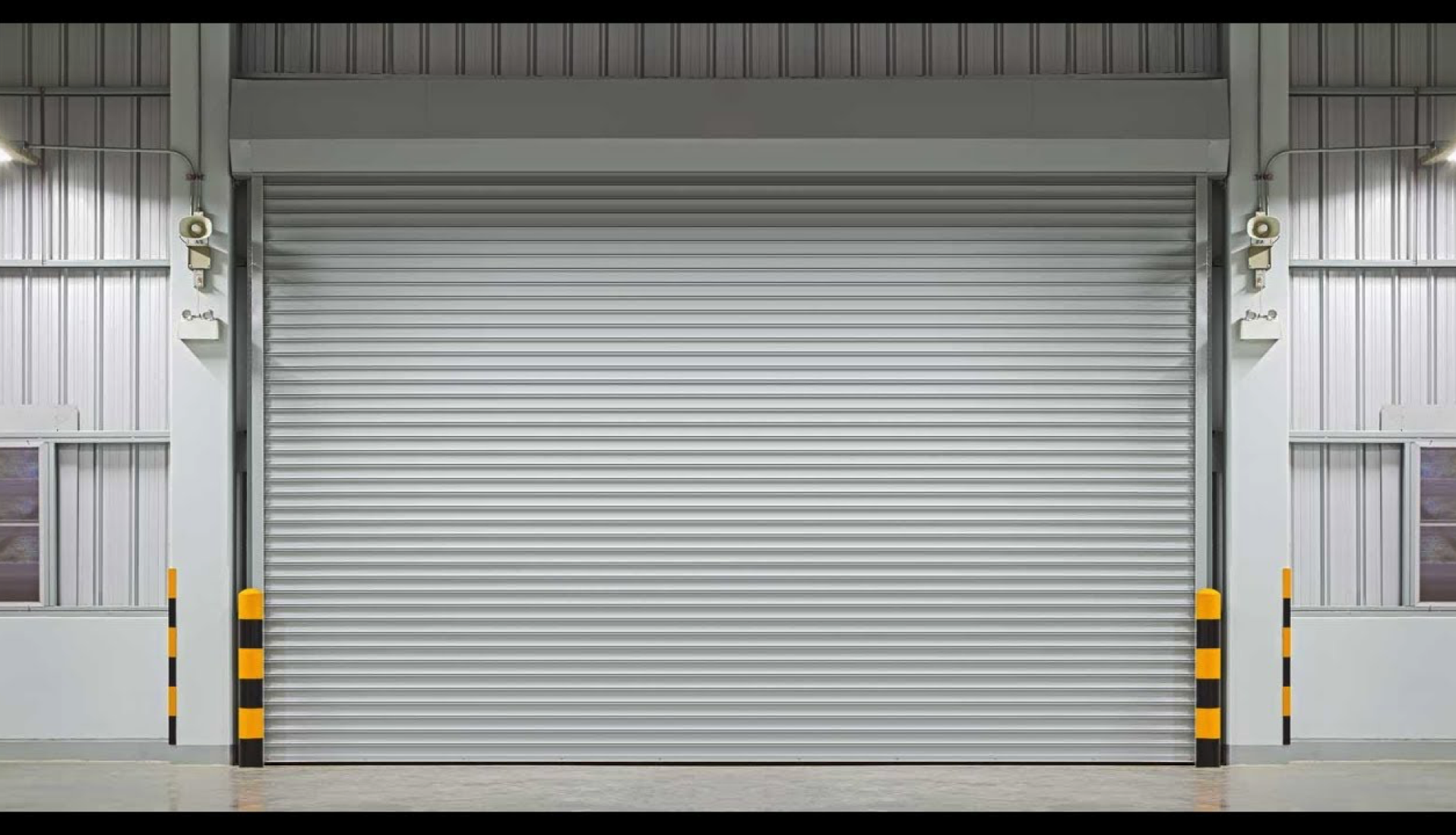
The potential of a fire breaking out is a hazard for all workplaces and business premises, which is why fire safety is integral for all buildings, no matter their size or purpose. If you are a building owner or business manager, it’s your responsibility to carry out professional fire risk assessments and ensure your property complies with the relevant safety regulations.
This includes making sure your property has all the necessary equipment on site to detect fires, put them out or contain them, and facilitate safe evacuation. You must also ensure there are protocols in place for what staff and visitors should do in the event of a fire, and for the management and maintenance of fire safety equipment so it can be relied upon in an emergency.
The exact measures needed to ensure appropriate safety levels and legal compliance are dependent on specialist assessments, but there are some things that every building should have to keep people and the property as safe as possible.
Here are seven safety features that your business should utilise to protect against fires.
1) Smoke Alarms
All workplaces in the UK are required to have a fire detection system, which is capable of alerting everyone on the site quickly if they need to evacuate. These early warning systems can include:
- Fire bells – produce a loud ringing noise
- Smoke detectors – trigger a high-pitched alarm if they detect smoke.
- Heat detectors – trigger the fire alarm if the temperature hits a certain level.
- Carbon monoxide alarms – set off an alarm if they detect dangerous CO levels.
- Manual call points – allow anyone to manually trigger the fire alarm.
These devices can all be connected to a central fire panel, which can control them remotely and may also be directly linked to local authorities, so they can respond faster without waiting for someone to call the fire brigade.
In noisy environments, or settings where people may have impaired hearing, alarms should also have visual indicators, such as flashing lights.
2) Fire Extinguishers
One of the most well-known types of fire safety equipment seen everywhere is fire extinguishers, which are pressurised containers full of materials that can smother flames. The type you should choose and where you should locate them depends on the specific fire risks present, which is why it’s essential to conduct a fire risk assessment to identify the fire classes you should prepare for:
- Carbon dioxide fire extinguishers (black label) – for putting out electrical, oil, and spirit fires by displacing oxygen and cooling surroundings.
- Foam fire extinguishers (cream label) – suitable for most fires, blanketing the source to cut off oxygen and suppress flammable vapours.
- Wet chemical fire extinguishers (yellow label) – for combating oil and fat fires by covering them in a soapy layer to prevent reignition.
- Water fire extinguishers (red label) – useful for most fires involving wood, paper, or textiles, as they soak and cool fibres to below ignition temperature.
- Dry powder fire extinguishers (blue label) – recommended for disrupting chemical reactions in wood, paper, or flammable liquid fires, as well as vehicles.
Every business should have at least two fire extinguishers per floor, which should be mounted on a wall with adequate signage. Though they are portable, they should not be moved unless in use, and never used to prop open doors.
3) Fire Blankets
Fire blankets are blankets made from fire-resistant materials like fibreglass and wool, which can smother a small fire by covering the flames and starving them of oxygen until they are extinguished. They are available in different sizes and casings and often kept near kitchen appliances.
Sometimes a fire extinguisher isn’t the most practical solution – for example, if a person’s clothes catch alight, or in the case of small fires caused by flammable liquids in a domestic or commercial kitchen, it can be faster and easier to cover or wrap the burning material with a blanket.
These blankets can also be used as protection while people are evacuating a building during a fire. In any case, after a fire blanket is used, it should be inspected to make sure it’s safe for reuse – if not, it should be replaced.
4) Sprinkler System
While they require more complex installations of pipes in ceilings or walls, sprinklers are a popular form of active fire protection. Not only are they activated when they detect the heat of a fire as part of a warning system, but they also help to douse the flames by discharging water over the area. Different types of sprinkler systems include:
- Wet pipe sprinkler system – contains water that is released from each sprinkler head when it reaches a certain temperature (not all of them at once).
- Dry pipe sprinkler system – contains pressurised air or nitrogen which opens the water valve when a designated temperature triggers a drop in pressure.
- Pre-action sprinkler system – also containing pressurised nitrogen or air, two-step activation fills the system with water then releases it from individual sprinklers.
- Deluge sprinkler system – uses sprinkler heads that are always open, which activate all together to create a fast-acting deluge of water across a larger area.
Sprinkler systems aren’t compulsory for all buildings, but in England, they must be installed in new residential buildings above 11m high and uncompartmentalized shops or storage areas with more than 2,000m2 of open space.
5) Emergency Lighting
If there is a serious fire spreading in a building, there is always the risk that the main power supply could cut out or be switched off. A power outage can make it difficult for people to evacuate, especially if there is also smoke obstructing their vision and disorienting them.
This is where emergency lighting comes in. Using strategically placed battery-powered lights that are designed to stay on for at least a few hours without mains power, emergency lighting illuminates escape routes and helps people to find their way safely out of the building.
Emergency lighting is also a legal requirement, and must be installed and maintained in line with British Standards. While fire alarms require weekly testing, emergency lighting requires monthly inspections to make sure it will function if there is a power outage.
6) Fire Exit Signs
If there is a fire and everyone needs to evacuate, people can often panic and get confused. Whether it’s staff who should already know the evacuation plan or visitors who aren’t aware, there should be fire safety signage to instruct everyone on what to do and where to go.
Every business should have at least two separate escape routes that are clearly signposted by fire exit signs. As these must be visible even in a power outage or smoky environment, these signs should be photoluminescent (glow in the dark) or feature emergency LED lights.
Businesses should not only have fire exit signs, but also further signage displaying key information, like the locations of fire equipment and how to use it and where the building’s fire assembly point is once people get outside.
7) Fire Barriers
Fire doors can be an important part of passive fire safety, replacing standard doors to help hold back flames from passing from one part of a building to another. However, if there is a large open space, it’s crucial to have an appropriate fire barrier to close it off.
Fire shutters can be used to close off openings like windows and doors, but these bulkier metal units aren’t suitable for use in wide open-plan areas. This is where fire curtains and smoke curtains come in handy, as they are slim yet strong heat-resistant barriers.
These barriers deploy when triggered by a fire alarm, compartmentalising the space so flames can’t spread through it to the other side if they reach the curtain. Every curtain will have a fire rating specifying how long they can withstand fire conditions.
This should be a minimum of 30 minutes, allowing enough time for people to evacuate and the fire brigade to arrive and extinguish the blaze.
If you are interested in fire curtains as part of your fire safety system, you can find out more on our website, or get in touch with the team at Roller Shutter Services by phone or email to have your questions answered.
